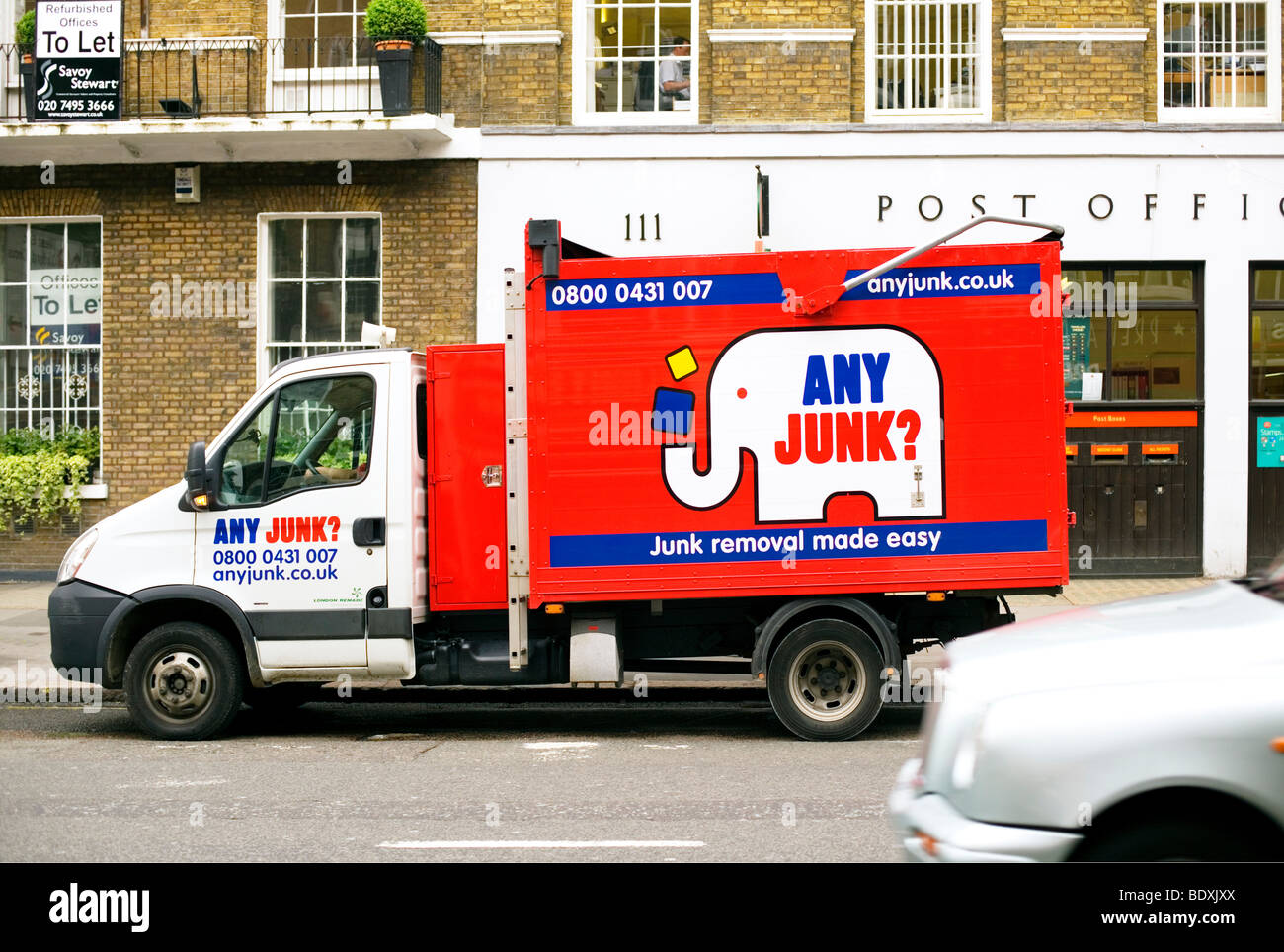Master The Art Of Choosing The Ideal Dumpster Size For Your Project To Make Certain Performance And Cost-Effectiveness - Learn Exactly How In This Thorough Guide
Master The Art Of Choosing The Ideal Dumpster Size For Your Project To Make Certain Performance And Cost-Effectiveness - Learn Exactly How In This Thorough Guide
Blog Article
Produced By-Cabrera Rodgers
When starting a task that requires a dumpster, the dimension you select can significantly impact its effectiveness and cost-effectiveness. Visualize having the best container that fits all your waste without being excessively big or too little. Everything begins with comprehending the subtleties of your job and choosing a dumpster dimension that aligns with your certain demands. So, before you decide, consider the variables at play to make sure a smooth waste management procedure throughout.
Elements to Take into consideration
When choosing the appropriate dumpster dimension, there are numerous crucial aspects to take into consideration.
Initially, consider the kind of waste you'll be disposing of. Various products may require varying amounts of area, so recognizing what you'll be putting in the dumpster is critical.
Next, assess the quantity of waste you expect to generate. If you underestimate the quantity, you might need to make numerous journeys to throw away whatever, which can be bothersome and expensive. On the other hand, leasing a dumpster that's too large can lead to unnecessary expenditures.
In addition, take into consideration the area where the dumpster will be placed. Ensure there's enough room for the dumpster to be provided and gotten with no obstructions.
Lastly, think about any type of weight limitations that may apply. Surpassing Read More In this article can lead to additional fees or even the rejection of service.
Dumpster Dimension Options
For picking the right dumpster size, it's necessary to have a good understanding of the offered choices. Dumpster sizes usually range from 10 to 40 cubic lawns, with variants in between.
A 10-yard dumpster appropriates for little jobs like a garage cleanout or a little renovation. If you're tackling a medium-sized task such as a cooking area remodel or a basement cleanout, a 20-yard dumpster may be the right choice.
For larger tasks like a whole-house improvement or business building and construction, a 30 or 40-yard dumpster could be better to accommodate the volume of waste generated.
When deciding on a dumpster size, think about the amount and sort of debris you expect to get rid of. It's better to choose a somewhat bigger size if you're not sure to prevent overfilling. Bear in mind, it's even more cost-effective to rent out a dumpster that fits your requirements rather than needing to get an added one.
Matching Size to Task
Ideally matching the dumpster size to your job is crucial for reliable waste management. To identify the best size, consider the scope and nature of your task.
For tiny home cleanouts or renovations, a 10-yard dumpster may suffice. These are normally 12 feet long and can hold around 4 pickup loads of waste.
For simply click the next website page like remodeling multiple areas or removing a huge estate, a 20-yard dumpster might be better. These are around 22 feet long and can hold approximately 8 pickup lots.
If you're taking on a major building and construction task or business improvement, a 30-yard dumpster could be the very best fit. These dumpsters have to do with 22 feet long and can accommodate about 12 pickup tons of particles.
Matching the dumpster size to your task ensures you have adequate room for all waste materials without overpaying for unused capability.
Verdict
In conclusion, choosing the right dumpster dimension for your job is vital for effective garbage disposal. By thinking about variables like the type and quantity of waste, area accessibility, weight constraints, and spending plan restrictions, you can ensure you have the appropriate size dumpster for your demands. Make sure to match the dimension of the dumpster to the scope and nature of your task to avoid overspending on unnecessary expenditures.
